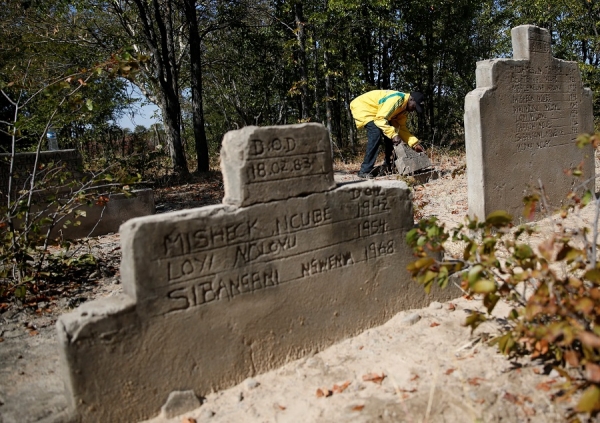On 18 April, Zimbabwe marked its 40th independence anniversary after 90 years of British colonization. After years of guerrilla fighting, Robert Mugabe won elections in 1980 owing to his policy of reconciliation. However, he then proceeded to set up an authoritarian regime during which Zimbabwe experienced a low intensity conflict characterized by periods of escalation of violence.
The early years of independence were positive and marked by tolerance, peace and economic growth. Nevertheless, in 1983, clashes intensified showing how far Zimbabwe was from being a peaceful country. From January 1983, a military campaign was waged against dissidents and opponents in the south-west Zimbabwe and an estimated 20 000 civilians -mostly ethnic Ndebele- were killed. The so-called “Gukurahundi issue” remains unsolved, while many of the army commanders involved in the massacre have never been punished and still retain key positions in the government. Although the Chihambakwe Commission of Inquiry was established in 1983 to investigate the violence, its findings are not publicly accessible. In 2020, Zimbabwe is still a fractured nation whose journey towards reconciliation far from over. “The Gukurahundi massacres continue to loom over Zimbabwe 36 years after they began” and they are still feeding into the Ndebele group feelings of marginalization. The country is also facing economic hardship, corruption, human rights violations while student and labour protests flared up again in 2016. Despite Emmerson Mnangagwa’s promise of a new area for Zimbabwe, the President has struggled to respond to citizen’s needs. Under his presidency, widespread impunity for abuses by military and state security agents continue.
In April 2019, the remains of two young people were found in Tsholotsho district and exhumations have since continued as a part of government pledge to rebury those killed in 1980s. As there is still no public acknowledgement of the Gukurahundi massacres, “the memory of Gukurahundi remains hard to erase”.
To know more, please read:
https://www.peaceinsight.org/conflicts/zimbabwe/
https://www.aa.com.tr/en/africa/zimbabwe-celebrates-40th-independence-under-lockdown/1810167
https://www.theindependent.co.zw/2020/04/18/good-afternoon-zimbabwe/
https://www.theguardian.com/world/2015/may/19/mugabe-zimbabwe-gukurahundi-massacre-matabeleland
Author: Silvia Luminati; Editor: Aleksandra Krol




